Where thousands of new apartment blocks will be built in Sydney and regional centres
Critical details of the state government’s midsize apartment block ‘French revolution’, including how many and where they will go, can be now be revealed. Is your suburb a candidate?
NSW
Don't miss out on the headlines from NSW. Followed categories will be added to My News.
Thousands of midsize apartment blocks are set to be built along key bus routes and on top of ageing local shopping villages by the end of the decade as the state government embarks on a ‘French revolution’ in housing to dramatically increase density and supply in Sydney and regional centres.
Tackling the crisis in affordability and availability is the self-described top priority for Premier Chris Minns, who has signed up to a national agreement that sets NSW a target of about 75,000 new homes annually – double the Department of Planning’s forecasts just 12 months ago.
While a big chunk of that number will be high-rises near new metro train stations and freestanding houses, the intent is for 10-20,000 a year to be in complexes of up to six storeys.
As first reported by The Daily Telegraph in September, Mr Minns wants a French revolution in building via a surge in developments of similar proportions to those erected in Paris during its Haussmann-era overhaul in the mid-1800s.
Constructing 10-20,000 homes in midsize apartment blocks each year is an ambitious goal, given only 6000 dwellings were approved in unit complexes of three to eight storeys in the year to the end of September.
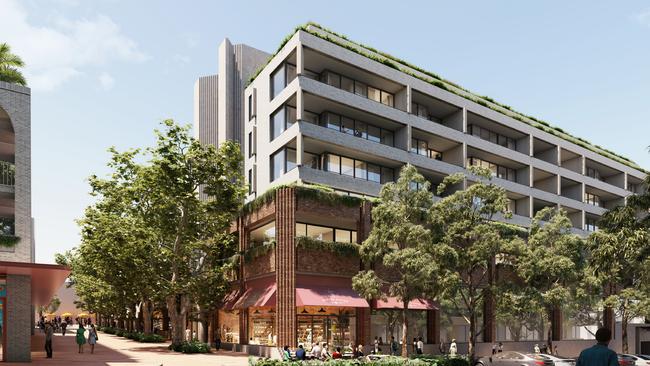
Authorities are aiming to create an annual pipeline of between 400 and 800 “development-ready consents” for medium-scale blocks, averaging 25 units apiece, from 2025 onwards.
The Daily Telegraph can today disclose the first details of where and how this is likely to happen.
Four types of locations have been earmarked:
* Along bus lines that run to and from train stations
* Beside arterial routes such as Parramatta and Victoria roads, as well as the Pacific Highway
* Above older shopping villages, such as West Pymble
* Within regional centres, including Bathurst and Orange
Across NSW, as many as 50,000 existing small apartment complexes built before 2000 have been identified as ripe for augmentation or, more likely, knockdown and redevelopment.
Alongside Nimbyism, arguably the biggest hurdle to delivering what has been described as the “missing middle” is that there isn’t currently enough industry capacity.
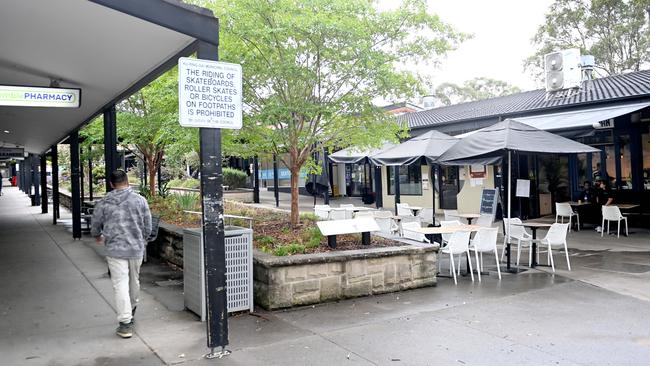
Because the next wave of medium-size complexes will not be built by household names such as Mirvac – which will instead focus their energy on towers near train stations – conceptualisation work is underway on tools and training to help hundreds of house builders to transition into unit complexes, which are a different class of building that is more heavily regulated.
This is likely to include specific courses and potentially free “pattern books”.
One book would provide compliant apartment layouts that a former house builder can “click and drag” into their development project plans; another would show options and examples for the outside of blocks.
At the centre of the plan to deliver the “missing middle” is Building Commissioner David Chandler.
In an interview with The Daily Telegraph, Mr Chandler said he wanted the new Building Commission, which opens next month, to be seen as “showing the way, rather than being in the way”.
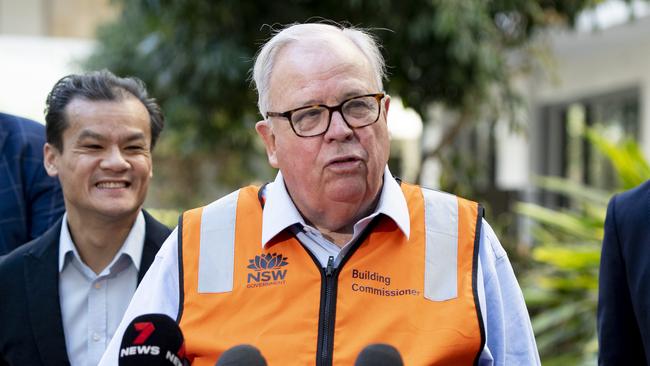
Mr Chandler said he had embarked on a “grand collaboration” with the Urban Development Institute of Australia, the Housing Industry Association and the Master Builders Association to expand the sector’s capacity.
“We don’t have enough people to build these buildings,” he said. “There is a huge vacuum here.”
It was critical to increase the resilience of small developers, because too many had failed in the recent past.
Mr Chandler said bus routes in between train stations had enormous “potential to do these six-storey buildings”.
Ageing smaller apartment blocks were also a “deep mine” for increasing density.
“We’ve got so many of those,” he said. “They are ripe for the next stage of their evolution.”
However, he emphasised his determination to ensure that people already living in these buildings were not overpowered by developers.
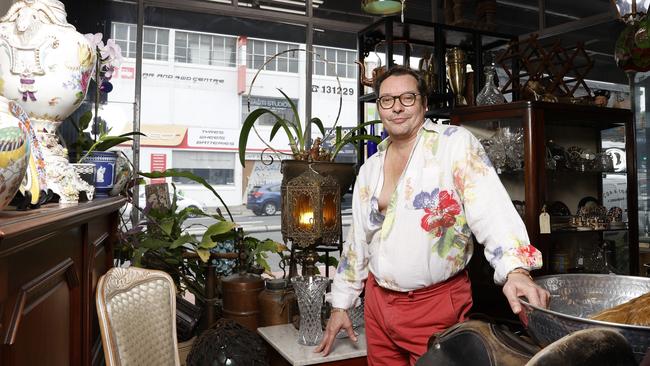
Adding more midsize blocks wasn’t just a “metropolitan strategy, it’s a regional strategy,” Mr Chandler added.
Master Builders Association NSW executive director Brian Seidler said “we think it’s really important to get this area working because if we don’t the targets will not be realised.
“There has to be an almighty push to get more people trained,” Mr Seidler said.
Urban Development Institute of Australia CEO Steve Mann said “local shopping centres have a lot of the place-making (qualities) we are looking for. Many of them are quite tired”.
Two industry sources suggested the West Pymble shopping village was a prime example of a site that could be redeveloped.
Housing Industry Association NSW executive director David Bare said “I’m very positive on where the Building Commissioner is trying to go.
“I like the pattern book idea because it removes a degree of complexity,” Mr Bare said.
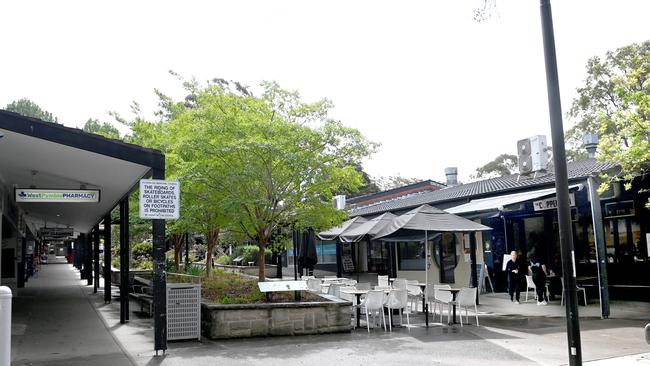
He estimated that midsize developments could deliver an average of 15,000 new homes a year, “assuming we can get past all those traditional issues that have got in the way of medium density”, such as councils.
The Premier has indicated he is prepared to override local government that opposes attempts to increase density and supply.
Under a new housing accord agreed at a national cabinet meeting in August, five-year housing targets were raised by 20 per cent. The Albanese government is offering $3 billion in incentives to the states for meeting the new goal.
If Mr Minns can meet the goals, the state stands to receive payments of nearly $1 billion.
However, the starting position is poor, with NSW dwelling approvals at their lowest level in a decade.
House builders encouraged to switch to units
Every year from now on, as many as 100 house builders must make the leap to building apartment blocks if the state is to have any chance of meeting the ambitious housing targets agreed by the national cabinet.
Analysis done for the state government by Building Commissioner David Chandler has identified a major “capability gap” that threatens plans to substantially increase the number of midsize unit complexes being built across NSW.
But there is hope.
Builders such as Alex Politano now want to migrate from houses (class one) to apartment blocks (class two), specifically because of changes Mr Chandler has already brought about.
His company, Lexpol, built one apartment complex at North Sydney, which finished in 2020.
The project, 9 Doohat Ave, won multiple awards. Despite this, Mr Politano made a decision to then focus on high-end houses.
At the time, the apartment building sector was still suffering the after-effects of a race to the bottom on cost and quality.
“But David Chandler has absolutely changed the mindset of the industry” to put a focus on quality, Mr Politano said, after a high-profile crackdown on below-par builds.
It had helped to level the playing field, Mr Politano said.
He has joined the Housing Industry Association’s medium density working group and is looking at shifting Lexpol’s focus to apartment building next year.
“I absolutely love the concept of building class-two buildings,” Mr Politano said.
Another member of that HIA working group, Michael Boyd of MARS Building, said labour shortages were a big challenge.
Mr Boyd praised government moves that had helped builders put on more apprentices.
He said some councils were an impediment. While one he dealt with approved plans in six months, another took three times that.
Also, the other authorities controlling power, water and internet connections worked independently of each other, which slowed down the development process.
Read related topics:Future Sydney: Bradfield Oration



